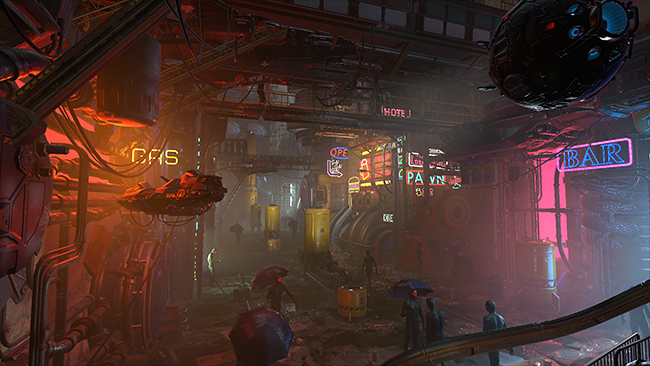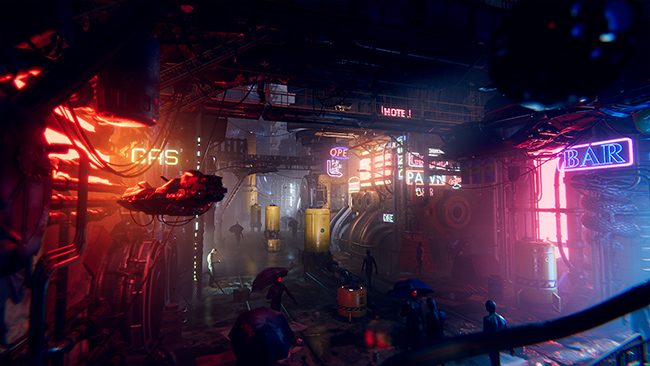- Unity 用户指南 (2019.1)
- 图形
- 图形概述
- 后期处理概述
后期处理概述
Post-processing applies full-screen filters and effects to a camera’s image buffer before the image appears on screen. It can drastically improve the visuals of your application with little set-up time. You can use post-processing effects to simulate physical camera and film properties.
Using post-processing
下面的图像展示了应用和未应用后期处理的场景。


The post-processing effects available in Unity depend on what pipeline you are using to render graphics. Each pipeline has a different way of setting up post-processing effects as follows:
| Render pipeline | Post-processing support |
|---|---|
| Built-in render pipeline | To use post-processing effects, download the post-processing version 2 package. |
| Lighteight Render Pipeline (LWRP) | LWRP uses the post-processing version 2 package, which Unity installs when you create a Project using an LWRP Template. Some post-processing effects are not compatible with this pipeline, such as Ambient Occlusion and Screen Space Reflections. |
| High Definition Render Pipeline (HDRP) | HDRP includes a high definition post-processing solution, which Unity installs when you create a Project using an HDRP Template. |
Note: Post processing stack version 1 is now deprecated and should not be used. For more information on render pipelines, see the documentation on Scriptable Render Pipelines.
This section of the manual gives an overview of the post-processing effects that are available in Unity. For specific information on how to use the post-processing properties and scripting available in Unity, read the package documentation on post-processing.
- 2019–05–07 Page published with limited editorial review